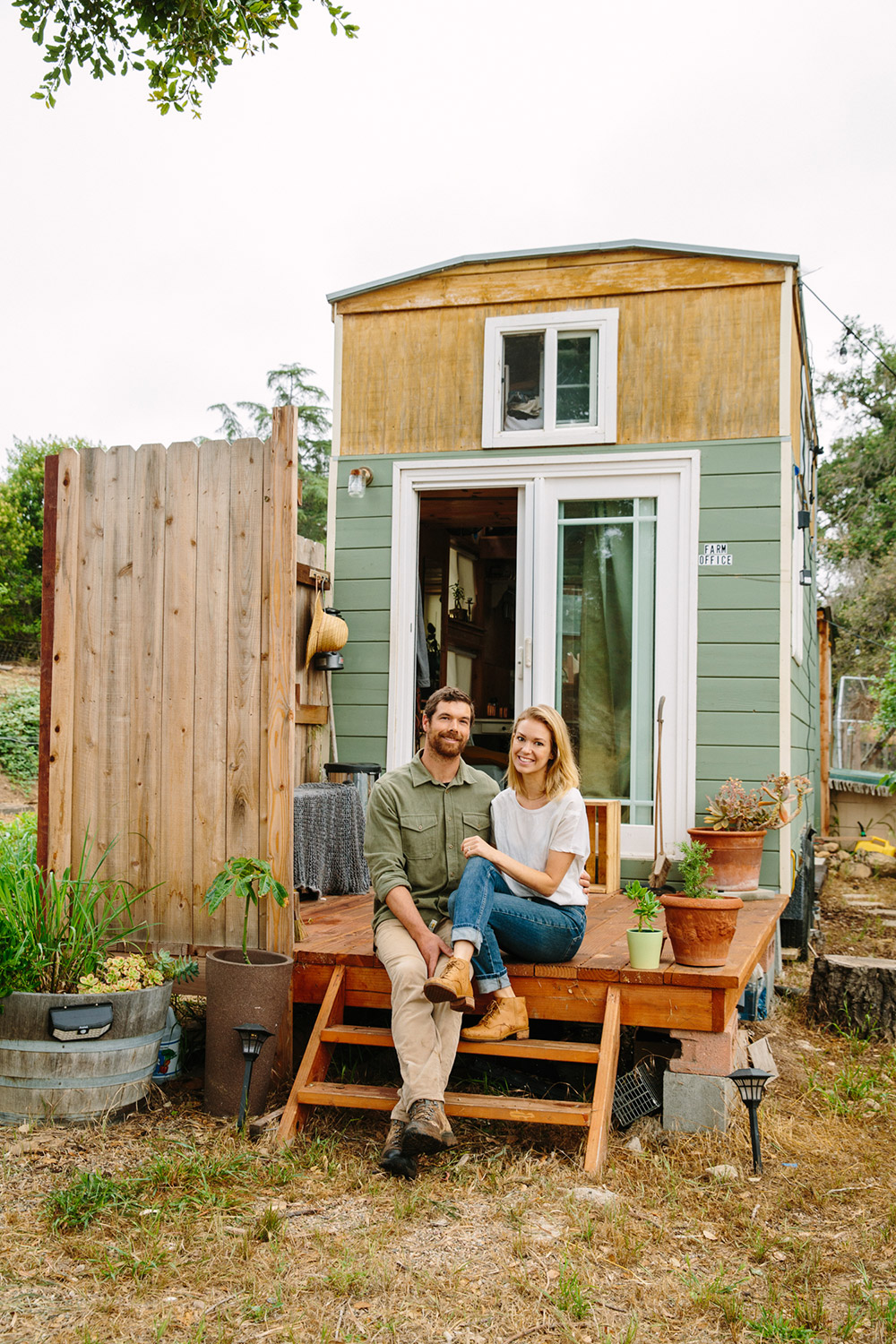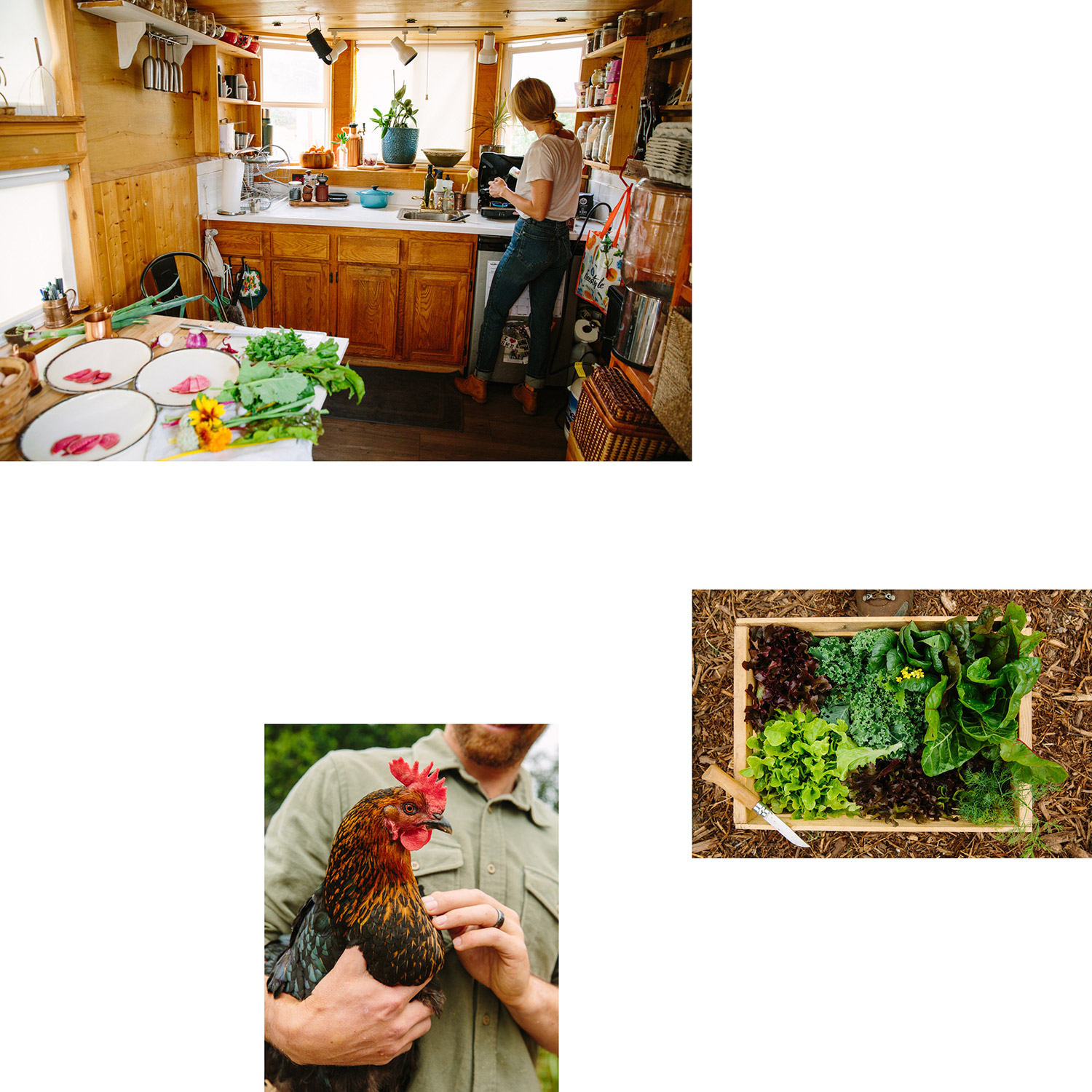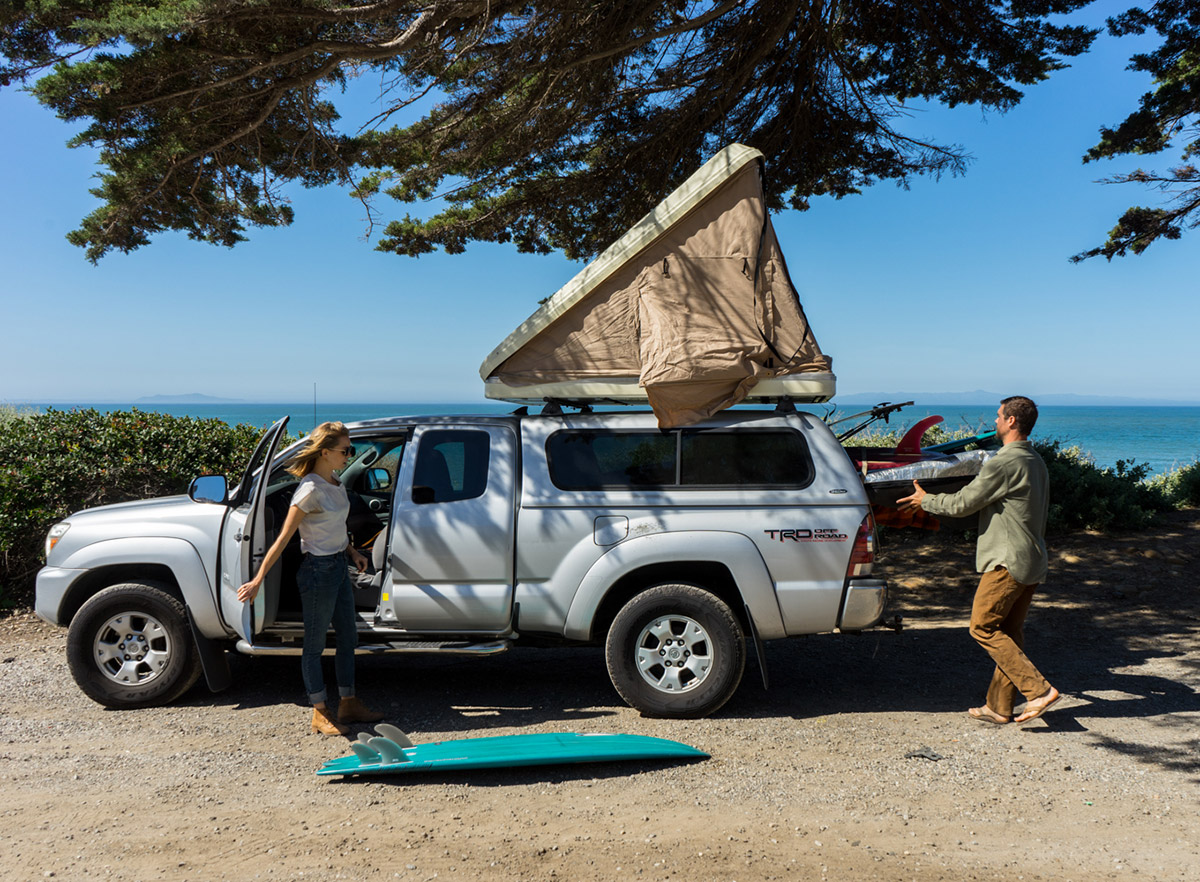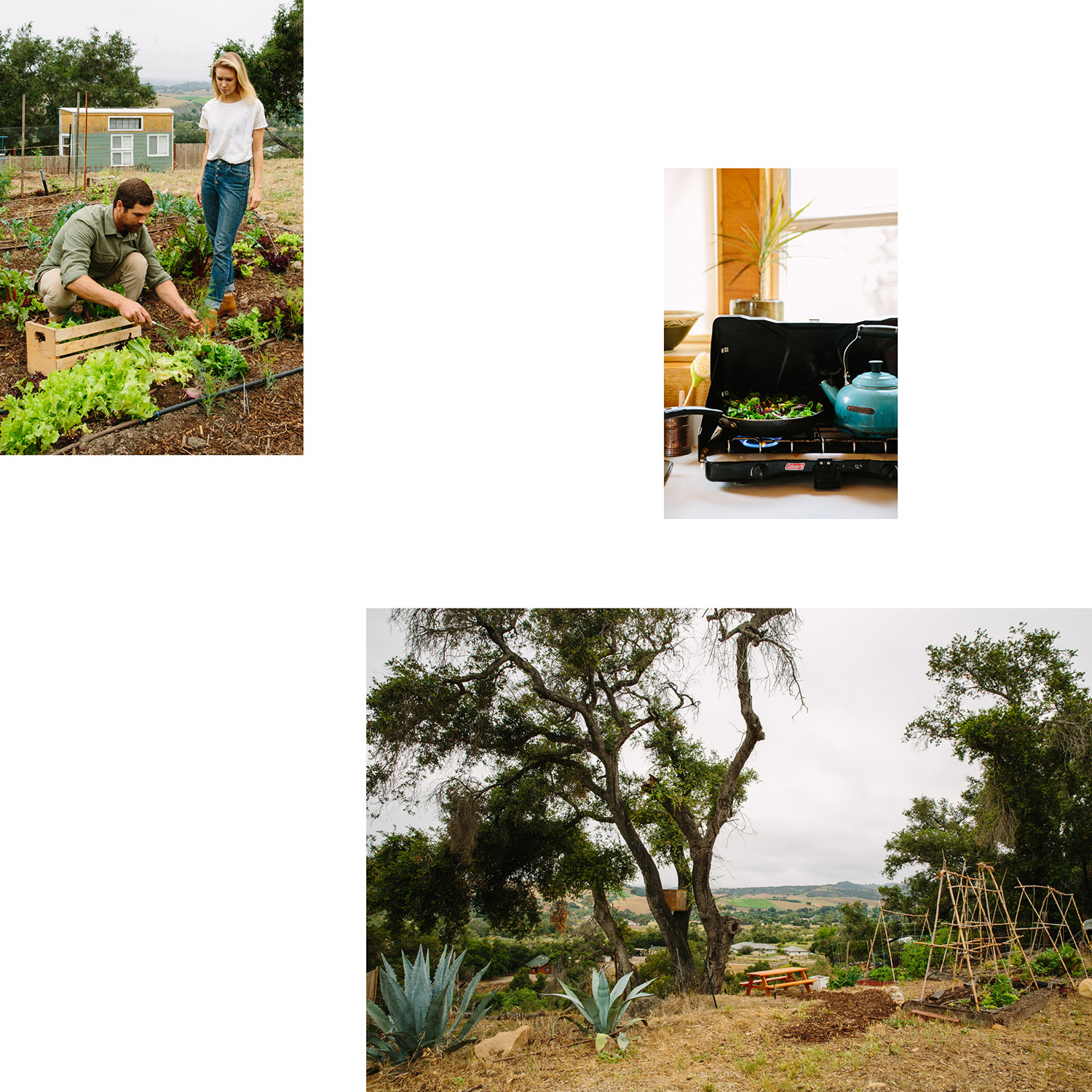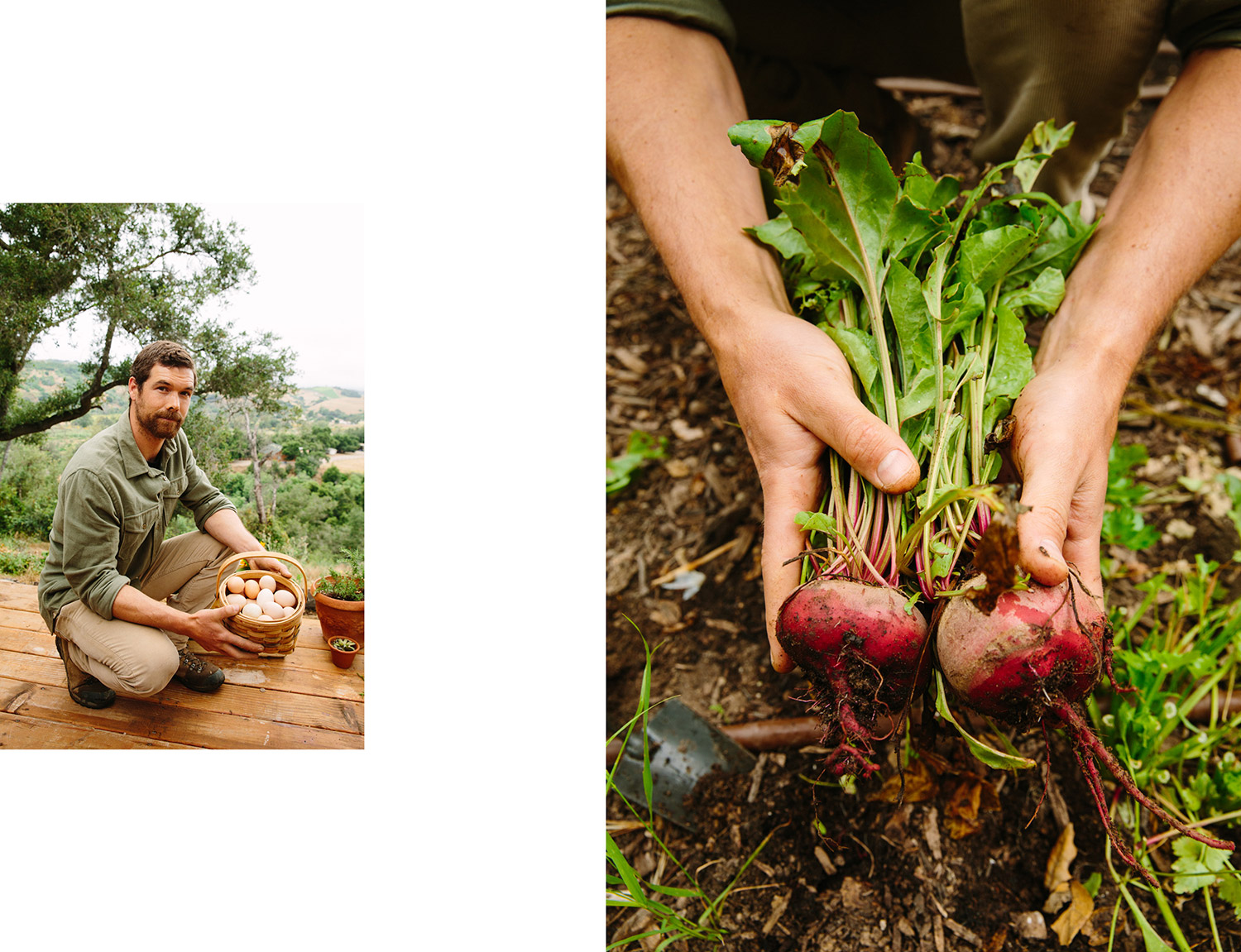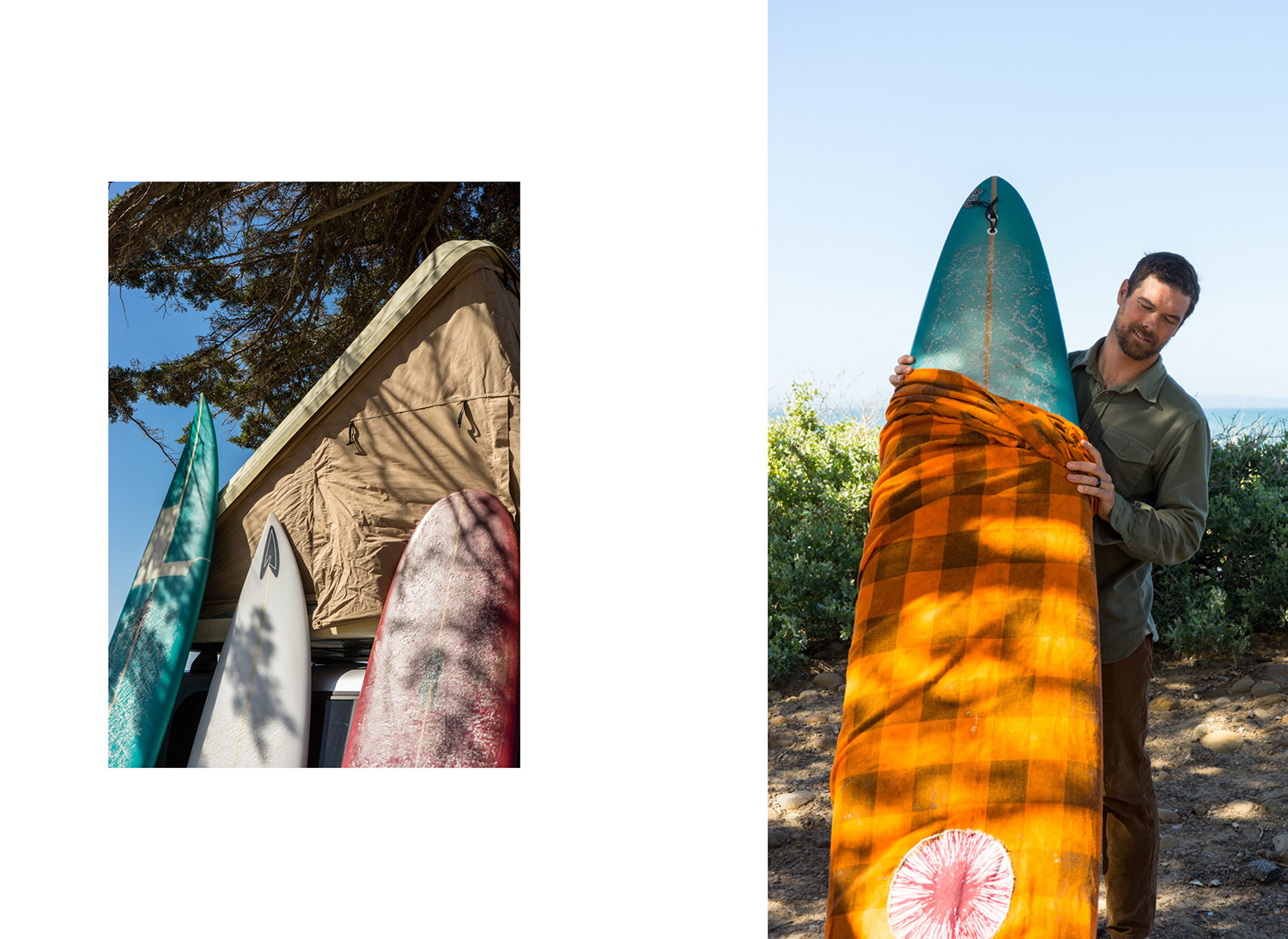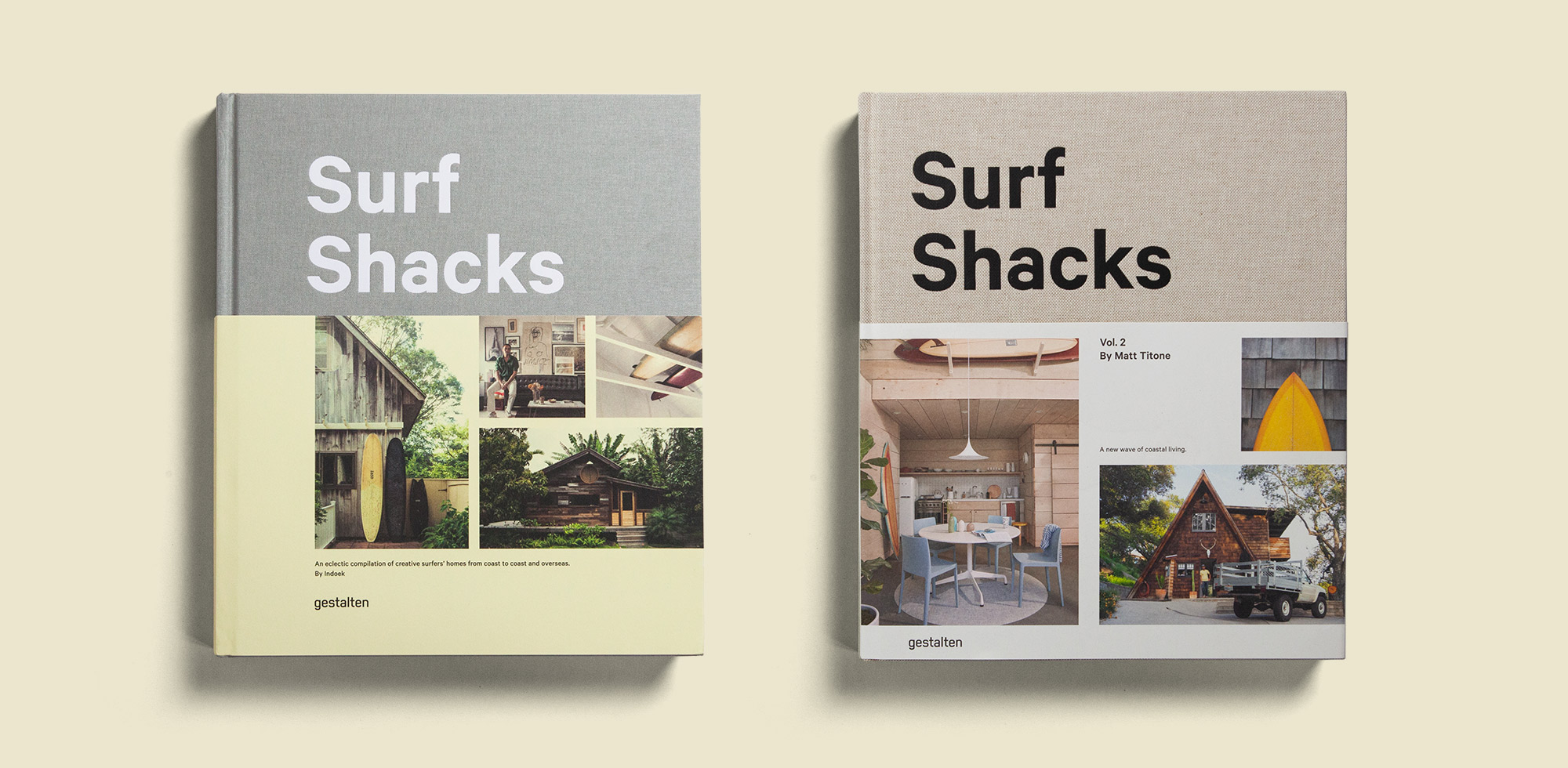Rob, how did you get into big wave riding?
I’ve dreamed of becoming a big wave surfer my entire life. I used to read books and magazines about big wave surfing and was glued to the screen of any surf film that involved bigger waves. Growing up in Florida did not give me the easiest path to this so it was something I have had to work towards a little later in life than would have been ideal. I spent a year in Hawaii in my early 20’s which got me started on some larger waves but I was recovering from a really bad foot injury at the time and wasn’t able to reach my full potential. It wasn’t until I moved to California that my dream started to become a reality. Having the ability to drive to Mavericks and Todo Santos gave me the ability to take a trip at a moments notice to real big wave spots. My sister still lived in Hawaii at this point as well and I was able to skip over to surf Waimea. I started out at Waimea and Todos Santos, took quite a few trips to puerto Escondido as well and was totally hooked. Mavs has been the greatest challenge but is also the big wave I surf most often these days.
What has been the scariest experience you’ve had in the water?
I had a near drowning experience in Puerto Escondido around 10 years ago. This was sort of at the beginning of my love affair with big wave surfing and remains one of my scariest moments. When it gets big there it is one of the most challenging and scariest waves in the world. It also gives you the potential to get huge barrels which is the ultimate goal. I lost my board after a bad fall and sort of got caught between a bad runout and never ending sets. I made it to shore after an exhausting swim but had quite a few moments of doubt along the way. This was before floatation vests became available and I now wear one in anything over 15 feet. This experience humbled me a lot and also gave me the motivation to train harder than ever. I’ve had a lot of scary moments to be honest but they get less scary the more you get passed them. You can take comfort in the fact that you have made it through similar situations in the past which allows you to remain calm.
How do you even prepare / train for big conditions? And what techniques do you do to calm yourself down in heavy situations?
I surf, paddle, swim, run, free dive and surf some more. I also utilize some free diving breath techniques (like C02 and 02 tables) both while resting and while running or paddling. This helps the body to cope physically and mentally with depleted oxygen or increased C02 while preparing the body to have to paddle or swim under those conditions. I ride a longboard when the waves are small which helps you get used to turning a bigger board. If you want to slay a proper dragon, you have to wield a long sword. If you only ride a short board until it gets huge, this transition can be a little awkward so it is good to get on a bigger board from time to time. It is also good to shortboard, get used to making critical drops and riding more critical sections of waves. There are also countless micro adjustments to be made while surfing a big wave so all aspects of surfing all types of waves and wave craft can add to the skillset necessary to perform in big waves. The best training for surfing big waves, however is surfing big waves. The timing and approach are different and gaining experience in bigger surf is the best training you can do. It takes a lot of time in the lineup at big wave spots to get comfortable and there is no substitute for the experience gained by being out on a big day.
